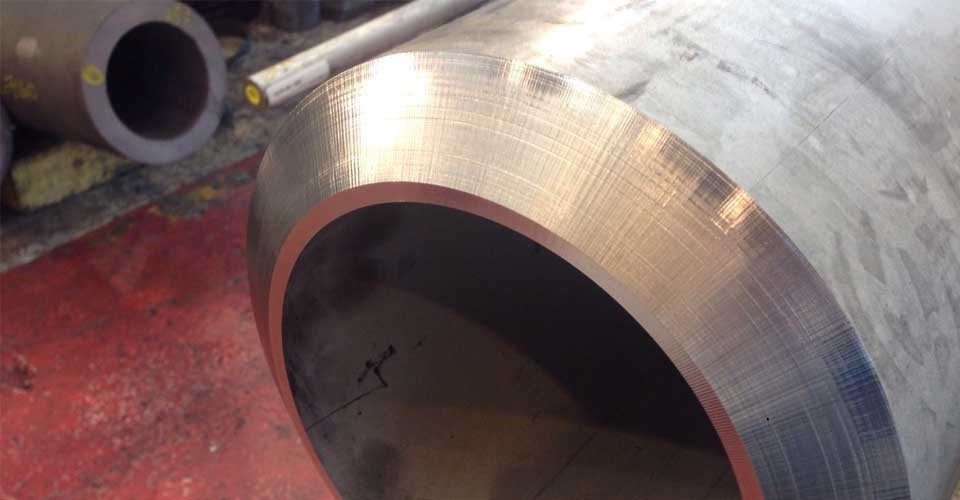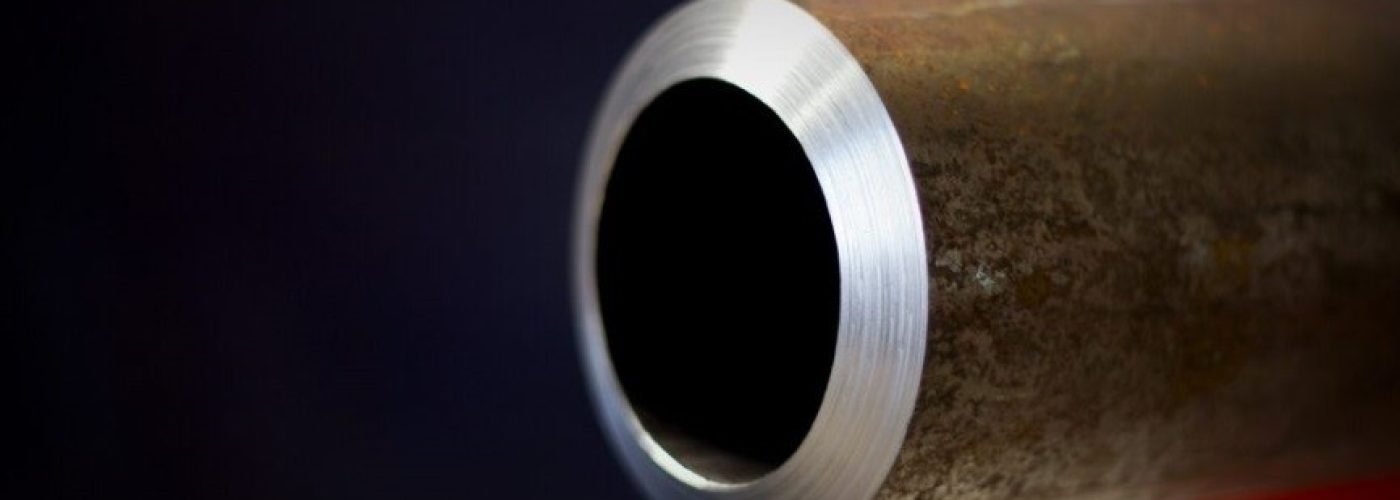Working in construction, manufacturing, pipeline installation and similar industries may require you to rely on the process of pipe beveling. If, however, you are new in these industries, chances are that you may not be sure why using this technique is so important. Furthermore, you may not exactly understand it completely. Well, it is time to change that.
So, what we are going to do in this article is explain the process of pipe beveling, shedding light on what it entails, as well as discuss the purposes of using it. This way, you will get a clearer understanding of the process, and figure out why using it is the right move. Thus, if you want to have great quality pipes that you want to use for a long time to come, then you certainly have to learn about this particular process and get a clearer idea about it.
Read about beveling here: https://www.allaboutpiping.com/what-is-beveling/
What Exactly Is Pipe Beveling?
Let us begin with the basics, and explain what pipe beveling is in the first place. In short, it refers to the process of grinding or cutting the end of the pipe with the purpose of forming a particular angle. That angle is actually known as a bevel, as opposed to a straight or flat cut. Now, the bevel can vary in degree, which depends on the specific requirements of the actual job. And, while there are some common degrees that are used most often, the great thing is that the bevels can be completely customized in order to fit your specific needs.
Another thing to know is that beveling is mostly done on metal pipes. But, this is not exactly a rule set in stone, meaning that you may be able to use it for other materials as well, including concrete and plastic. Of course, which materials you will use depends on the specific application of the pipes, as I am guessing you understand already.
When it comes to how this process goes, there are several techniques you can use. For one thing, there is manual beveling, which consists of using hand tools for the job. Then, there is flame cutting, machining, as well as CNC pipe beveling, all of which includes different types of tools, from flame torches to CNC machines, and even some portable beveling machines. Which technique you will use depends on your specific requirements

Why Is It Used?
Now that we have made this process clear, and you get what it entails, there is another question you have on your mind. In the simplest words possible, you are wondering what it is that pipe beveling is actually used for. So, let me, therefore, list some of the reasons why this particular technique is used, aiming at helping you determine if you want to use it in your manufacturing or construction process. Click this to get the process even further explained.
- To Enhance the Quality of Welding
First things first, beveling will improve the quality of the welds, and that is actually one of the main reasons why people do this. The beveled edge provides for a larger surface for the weld to bond to, which will ultimately result in a stronger joint. As you may have guessed it, this is especially important in those industries in which the integrity of the weld is absolutely critical, such as in pipelines that transport chemicals, oil, or gas. In any case, if you want to do great quality welding, beveling is the first step towards it.
- To Enhance the Alignment and Fit
There is another reason why welding is improved by the process of beveling. Basically, it helps enhance the fit and the alignment, because the angled edges are bound to fit together better than flat cuts, for example. This will reduce the risk of misalignment, which will further lower the chances of leaks and joint failures.
- To Prepare for Other Joining Methods
As I’ve explained already, welding is the most common reason for beveling pipes. But, it is certainly not the only one. After all, there are other joining methods you can use for the pipes, such as mechanical coupling, as well as adhesive bonding. So, once again, the bevel will help ensure a secure connection and a tight fit, which is definitely what you want.
- To Increase Safety
Now, here is something that may not have crossed your mind, but that is definitely highly important. In the simplest words possible, this process can enhance safety. How come? Well, pipe beveling leads to smooth edges, and smooth edges are far less likely to cause injuries during the process of installation, or simply while carrying and handling the pipes. What’s more, since the integrity of the pipes will be improved with this process, the welds are less likely to fail, which further reduces the risk of accidents in pipelines, as well as other structural applications.
- To Increase Longevity and Durability
Sure, you want the pipes to be perfectly welded, and their integrity to be preserved in all settings, all applications and all conditions. Then, you also want them to be safe to handle, so as to reduce the risk of accidents and injury during installation. But, there is absolutely no doubt that you want them to be highly durable and long-lasting as well. And, that is exactly where beveling comes into play, as beveled pipes tend to be much more durable than those with straight cuts. So, longevity is guaranteed with this particular process.
- To Comply With Industry Standards
Finally, there is another thing you need to know when wondering why this process is done in the first place. Basically, a lot of industries have rather strict standards when it comes to the procedure of joining pipes. Meaning, thus, that beveling may be a requirement in many industries. Thus, if you want to be in compliance with the industry standards, you should certainly take this procedure seriously and use it to your advantage, in order to adhere to the safety and performance rules and regulations.





